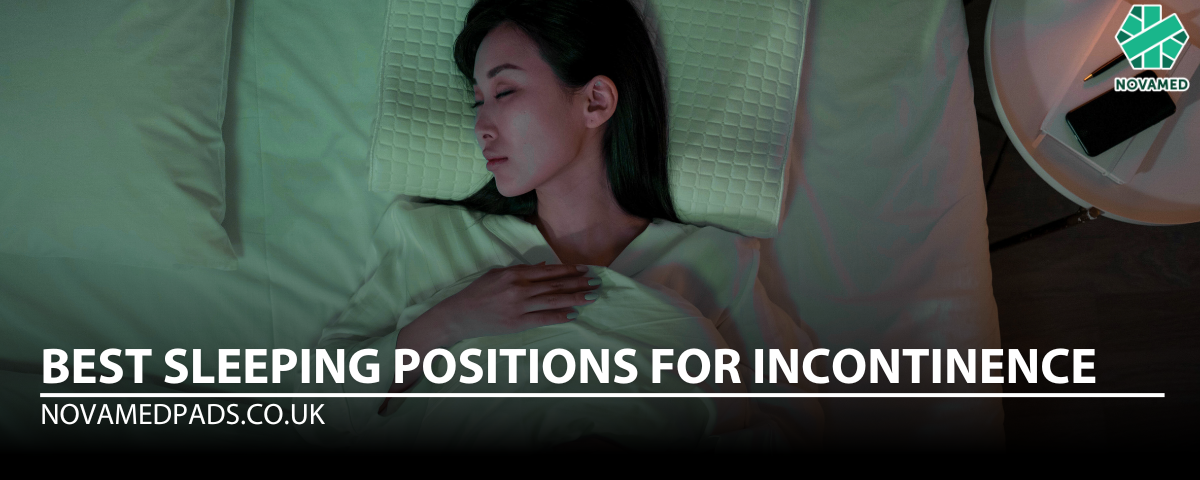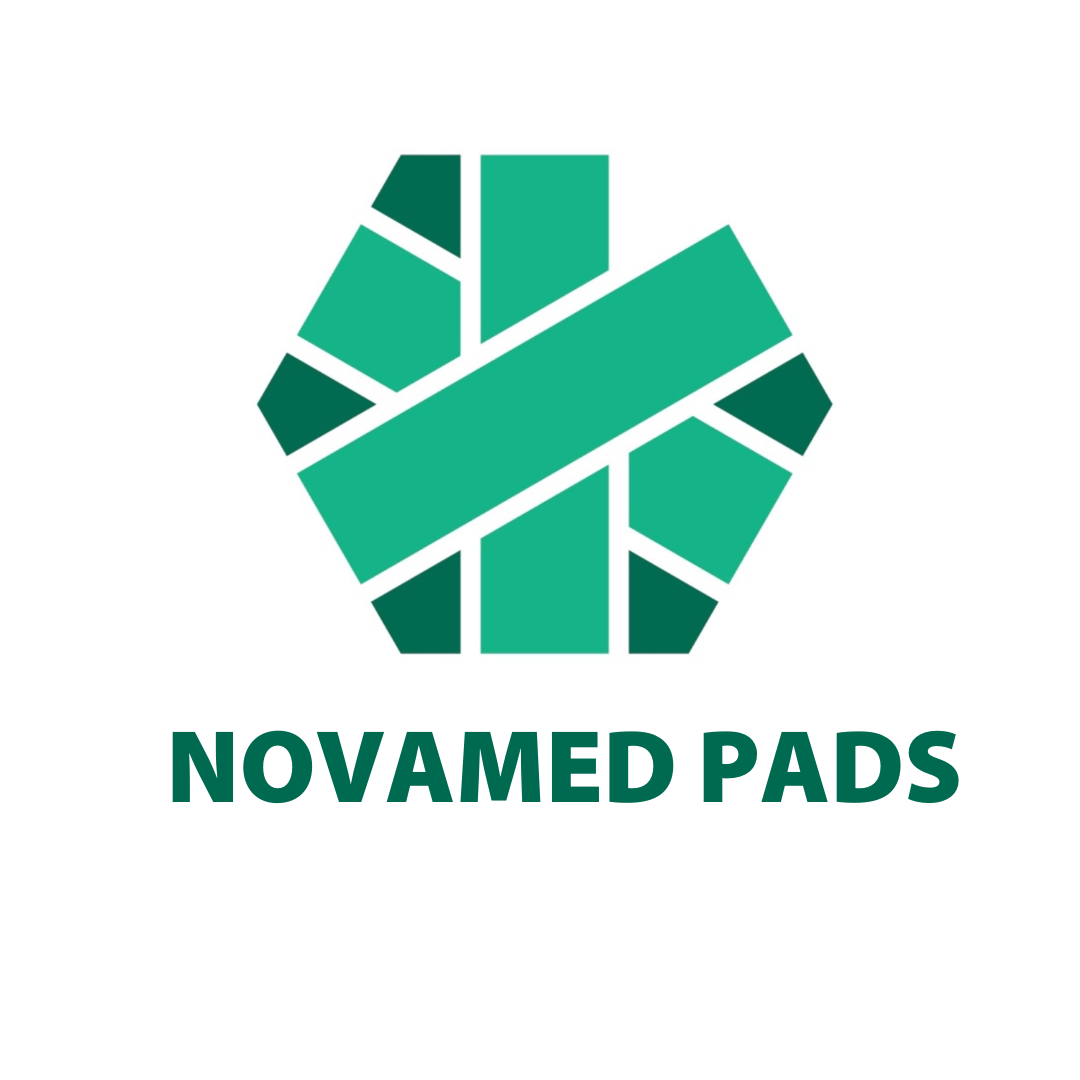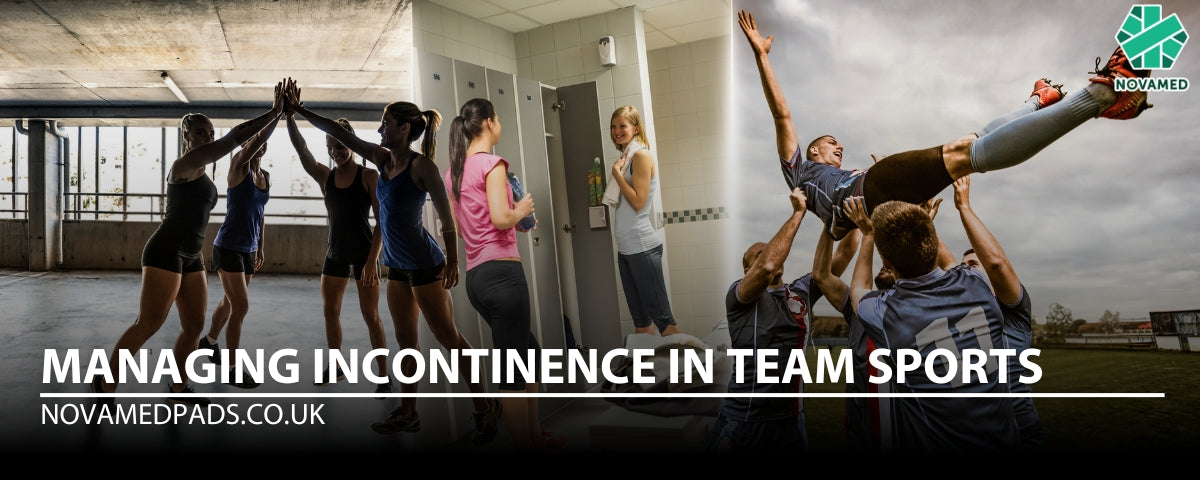
Sleeping Positions for Incontinence: A Guide to Restful Nights
Living with incontinence can be tough, especially when you're trying to get a good night's sleep. The worry, the discomfort, the sheer exhaustion of it all, it can take its toll. But finding the right sleeping position and a few helpful strategies can make a world of difference.
In this blog post, we'll explore those positions and offer practical tips to improve your sleep quality. We'll cover everything from side sleeping and the foetal position to products that offer gentle support and lifestyle changes that promote restful nights.
While bedwetting is more common in children, it can also affect adults. To learn more about the differences between bedwetting and incontinence, you can read our blog post: Bedwetting vs. Incontinence: The Key Differences.
Why Your Sleeping Position Matters for Incontinence
The way you sleep has a surprising impact on incontinence. Some positions put extra pressure on your bladder, making leaks more likely. By simply adjusting how you sleep, you can relieve that pressure and find more comfort throughout the night.
-
Side Sleeping: Often the Best Position for Incontinence

Sleeping on your side is often recommended for people with incontinence. It naturally reduces pressure on your bladder and allows fluid to settle, minimising the chance of leaks.
How to improve side sleeping:
- Pillows: A body pillow or regular pillows between your knees can help align your spine, making you more comfortable and reducing stress on your pelvic floor.
- Added Protection: For extra peace of mind, consider using absorbent products like our Underpads. They provide a soft, comfortable layer of protection against leaks, so you can rest easy.
Best for:
- People with an overactive bladder (OAB)
- People who leak when they cough or sneeze (stress incontinence), especially women
-
Fetal Position: A Naturally Comfortable Sleeping Position for Incontinence

The fetal position, sleeping on your side with your knees gently drawn up, can offer even more relief. It further reduces pressure on your bladder and pelvic floor.
Benefits:
- Eases pressure on your tummy and bladder.
- Promotes relaxation by mimicking a naturally restful posture.
Best for:
- Women, especially during pregnancy, when there's more stress on the pelvic organs.
- Those with urge incontinence (a sudden need to pee), as it lessens sudden bladder pressure.
-
Back Sleeping: Finding Comfort with Incontinence

Sleeping on your back can work for some, but it can also allow urine to pool, making leaks more likely. However, with the right support, back sleeping can be comfortable.
Pro Tip:
- Use a wedge pillow to slightly raise your upper body. This reduces pressure on the bladder. Raising your legs a little can also help.
- Pelvic support: A pillow under your knees can further reduce bladder strain.
Best for:
- Men with urinary incontinence, especially after prostate surgery.
- People with mixed incontinence (both stress and urge incontinence).
-
Avoid Stomach Sleeping When You Have Incontinence

Stomach sleeping is generally not recommended. It puts more pressure on your bladder, which can worsen leaks. It can also affect your spine and neck, making it harder to get comfortable.
Best to avoid if:
- You often have incontinence at night.
- You have an overactive bladder (OAB) or urge incontinence.
Additional Tips for Better Sleep with Incontinence
Beyond sleep positions, here are a few more tips for a restful night:
- Limit Drinks Before Bed: Try to drink less in the hours leading up to bedtime. This can reduce nighttime bathroom trips. But remember to stay hydrated throughout the day!
- Create a Bedtime Routine: A calming routine before sleep signals to your body that it's time to rest. This could be reading, meditation, or a warm bath. A peaceful routine can also ease the stress and anxiety that can sometimes accompany incontinence.
- Choose Supportive Products: Consider using products designed for nighttime incontinence. Our All-in-One pads offer discreet and comfortable protection with a high absorbency level, keeping you dry and secure throughout the night. They are made with soft, breathable, hypoallergenic fabric that is kind to your skin. For added protection, our Underpads provide a comfortable layer of reassurance.
- Bladder Training and Kegel Exercises: Strengthening your pelvic floor with Kegel exercises can improve bladder control over time. The NHS recommends Kegel exercises for both men and women with urinary incontinence. They advise doing them regularly to strengthen the muscles that help you control your bladder.
"If you're looking for a comprehensive guide to strengthening your pelvic floor, including detailed instructions and various exercises, check out our blog post: Strengthening Your Pelvic Floor."
Bladder training, which involves gradually increasing the time between bathroom trips, may also be helpful.
- Medical Advice: If incontinence is significantly impacting your sleep, talk to a healthcare professional. They may offer solutions like medication or therapies to help you manage your symptoms.
Conclusion: Sleep Soundly with Incontinence
While incontinence can be challenging, choosing the right sleeping position can significantly impact your comfort and sleep quality. Whether it's sleeping on your side, in the fetal position, or on your back with added support, small changes can lead to big improvements. Together with lifestyle adjustments and supportive products, you can reclaim restful nights and wake up feeling refreshed.
Remember: Everybody is different, so try different positions to see which one works best for you. Don't let incontinence keep you from getting the good night's sleep you deserve!
Bladder and bowel incontinence may be caused by conditions which can be treated medically. Please consult your physician for medical advice and guidance.




